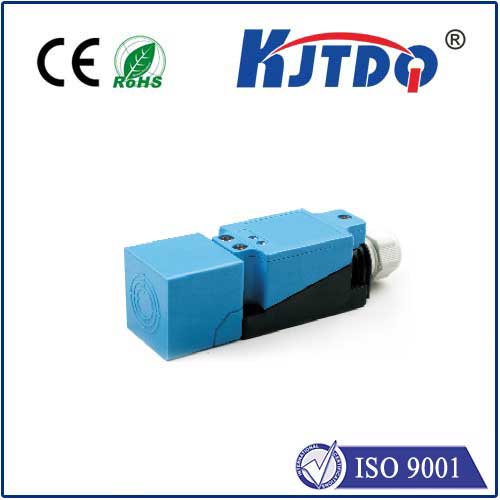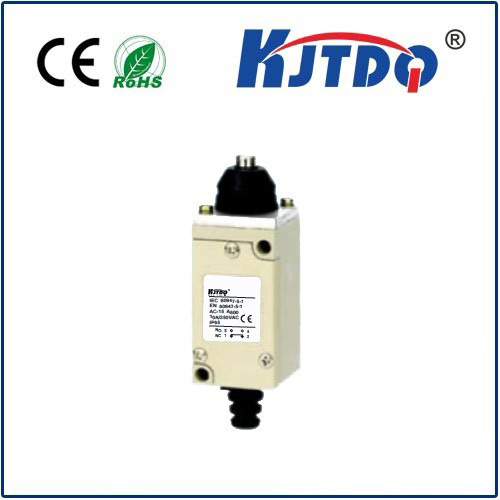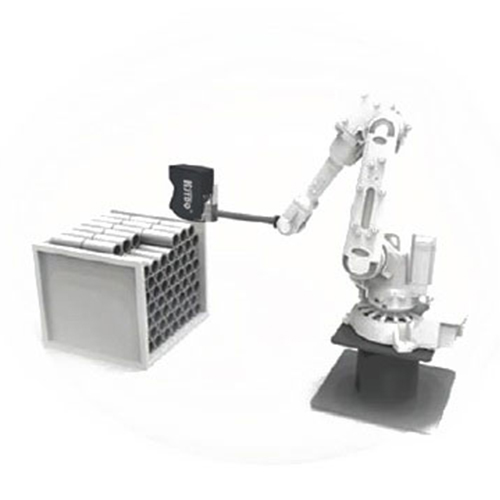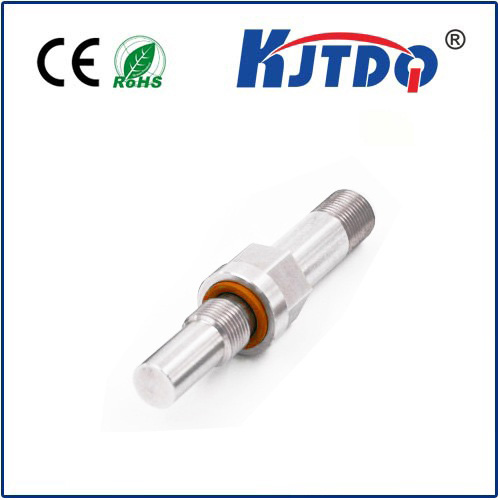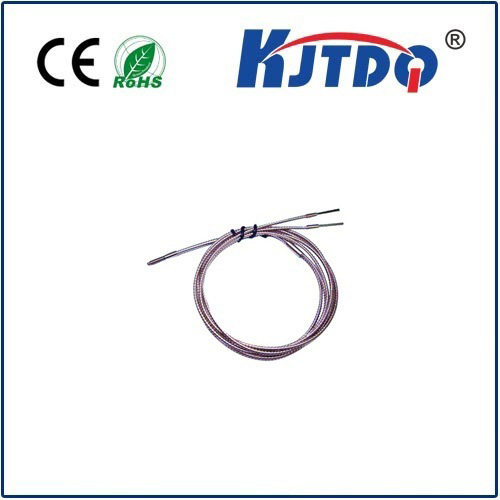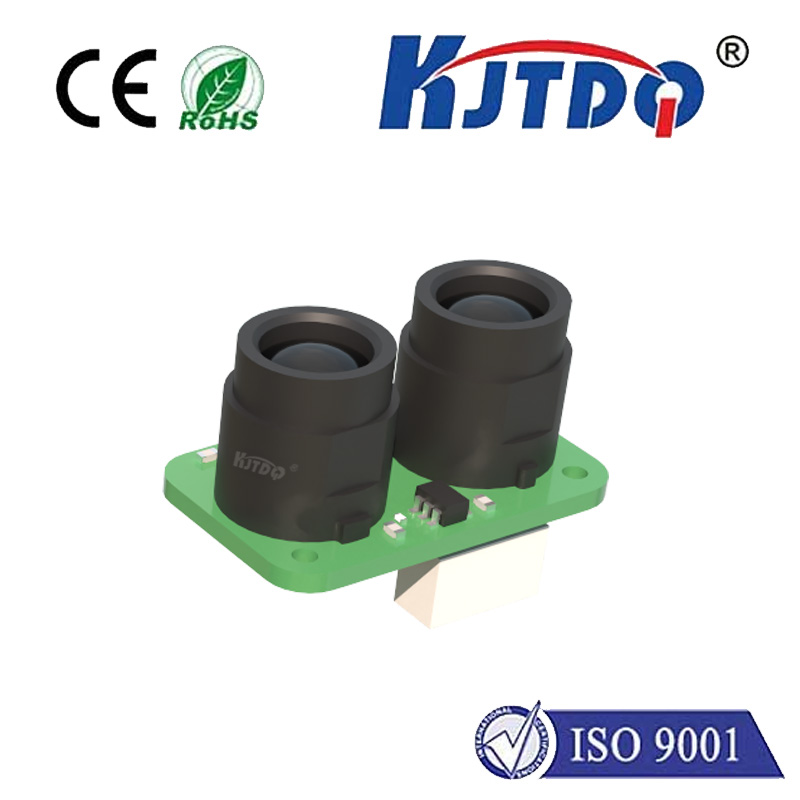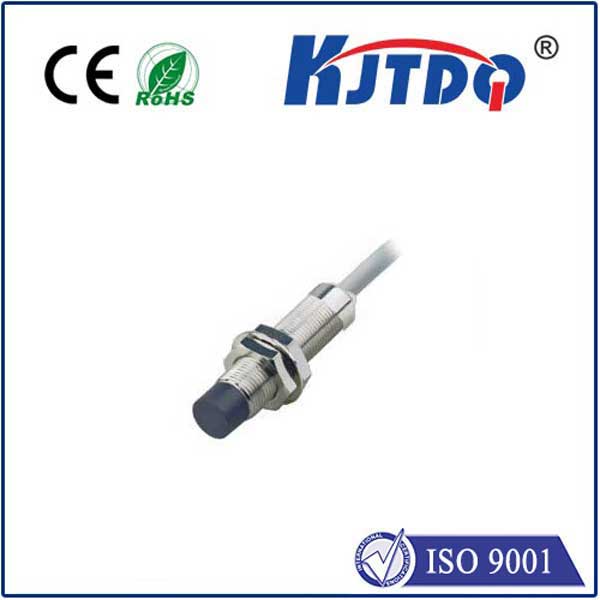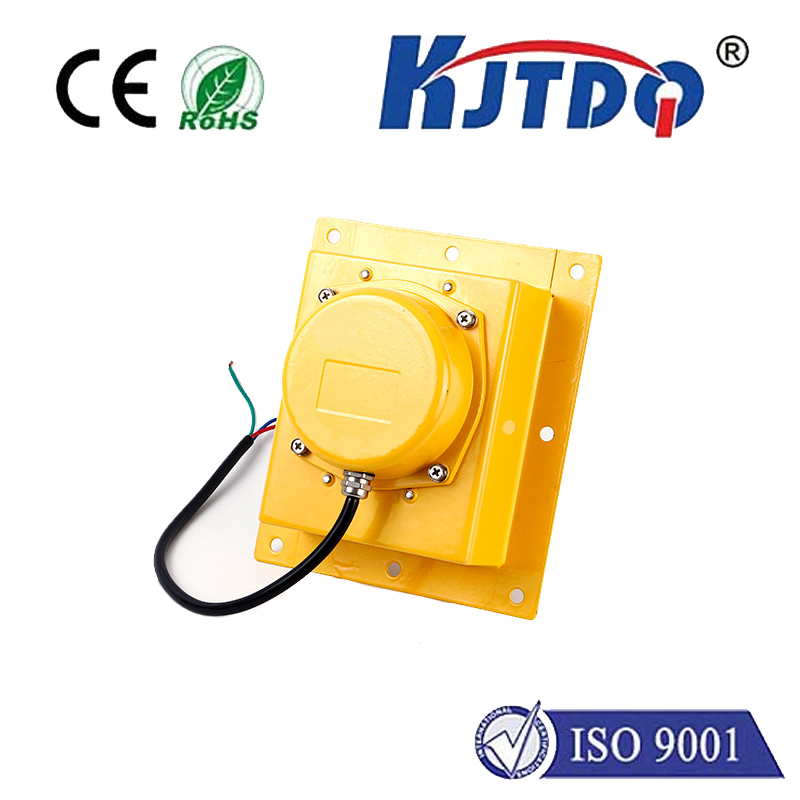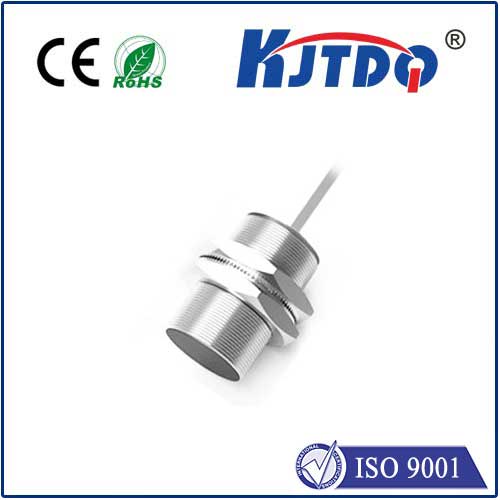lj18a3 8 proximity sensor
- time:2025-06-27 02:33:21
- Click:0
LJ18A3-8/Z/B Proximity Sensor: The Unseen Guardian of Industrial Automation
Imagine a production line suddenly halting because a component wasn’t in place, or a robotic arm moving blindly. How much productivity is lost? The solution often lies in a small, unassuming component – the proximity sensor. Among the most popular and reliable variants, the LJ18A3-8/Z/B inductive proximity sensor stands as a fundamental building block for countless automation tasks. Understanding its capabilities and applications is key to building robust, efficient systems.
What Exactly is the LJ18A3-8/Z/B?
This compact sensor represents a specific model within a vast family of industrial proximity sensors. Let’s break down the designation:
- LJ18A3: Identifies the sensor series and body design (typically an 18mm diameter cylindrical, threaded barrel).
- -8: Crucially indicates its 8mm nominal sensing distance (Sn). This defines how close a metal target needs to be for reliable detection.
- /Z /B: Specifies the output configuration and wiring details. Commonly,
Z denotes DC (3-wire) operation, and /B often signifies a Normally Open (NO) output signal. Always consult the specific manufacturer’s datasheet for absolute confirmation, as coding can sometimes vary slightly. This sensor generally features either an NPN or PNP transistor output, providing a clean, solid-state switching signal ideal for PLCs (Programmable Logic Controllers) and other industrial control systems without the wear and tear of mechanical contacts (hence non-contact sensing).
The Core Principle: Inductive Sensing

The LJ18A3-8/Z/B operates on the principle of electromagnetic induction. Inside its rugged housing, an oscillator generates a high-frequency electromagnetic field emanating from the active face. When a ferrous (iron-based) or non-ferrous (like aluminum, brass, copper) metal target enters this field within its specified 8mm sensing range, eddy currents are induced within the target. This causes a measurable change in the oscillator’s amplitude or frequency. The sensor’s internal circuitry detects this change and triggers its solid-state output transistor to switch state (ON or OFF), signaling the target’s presence or absence. This non-contact detection is its primary advantage, eliminating physical wear and enabling high-speed operation.
Why the LJ18A3-8/Z/B Earns Its Place
Several features make this sensor a go-to choice:
- Reliable 8mm Sensing Range: This specific range offers a practical balance. It’s substantial enough to allow for reasonable mounting tolerances and variations in target position, yet focused enough to avoid unintended triggering by distant objects. It’s ideal for detecting parts on conveyors, verifying cylinder positions (end-of-stroke detection), or monitoring tool presence in machinery.
- Robust Construction: Designed for the harsh realities of industrial environments. Key features include:
- IP67 Protection Rating: Excellent defense against dust ingress and protection against temporary immersion in water (up to 1m for 30 minutes). Resists oils and coolants common in manufacturing.
- Rugged Metal Housing: Often stainless steel, offering resistance to mechanical impact and vibration.
- Versatile Outputs (NPN/PNP): The availability of both sinking (NPN) and sourcing (PNP) outputs ensures compatibility with a vast array of PLC input cards and control systems globally. This flexibility simplifies integration.
- LED Status Indicator: A built-in LED clearly signals power status (on) and output state (on when detecting target), aiding immensely in setup, troubleshooting, and visual confirmation during operation.
- High Switching Frequency: Capable of reliably detecting targets moving at high speeds, essential for fast-paced production lines.
- Overload and Short-Circuit Protection: Built-in safeguards protect the sensor and connected circuitry from accidental wiring errors or power surges, enhancing system reliability and sensor longevity.
- Flush Mounting Capability (Typically): Many LJ18A3 sensors can be flush-mounted in metal, allowing for installation where space is constrained or where physical protection is needed, without significantly sacrificing their sensing range performance against ferrous targets.
Where is the LJ18A3-8/Z/B Proximity Sensor Used?
Its applications are incredibly diverse across industries:
- Manufacturing & Assembly Lines: Counting parts, detecting presence/absence, verifying component positioning, controlling flow gates, indexing conveyors.
- Packaging Machinery: Verifying carton presence, detecting film/foil, controlling filling levels (indirectly via actuator position), label detection.
- Material Handling: Confirming pallet presence on lifts or conveyors, monitoring door positions, detecting position of trolleys or AGVs (Automated Guided Vehicles).
- Automotive Industry: Robotic welding cell safety interlocks, verifying fixture clamping, detecting piston position in pneumatic/hydraulic cylinders, controlling paint booths.
- Machine Tools: Confirming tool presence in holders, monitoring spindle position, guarding access doors, coolant level detection (via float magnet).
- Building Automation: Elevator position verification, secure door monitoring, HVAC damper control.
Installation and Considerations
While robust, maximizing the performance and lifespan of your LJ18A3-8 sensor requires attention:
- Mounting: Ensure correct orientation and securely tighten the locknut. Maintain the specified gap around the sensor face, especially if flush mounting, to avoid interference from surrounding metal.
- Target Material & Size: Inductive sensors perform best with steel targets. The minimum detectable target size is usually specified (often a square piece slightly smaller than the sensor face diameter). Detection range for non-ferrous metals is typically reduced (e.g., aluminum might only be detected at 30-50% of the Sn=8mm rating). Know your target!
- Environment: While IP67 rated, avoid direct high-pressure water jets or constant submersion unless a higher rating is confirmed. Keep away from extremely strong electromagnetic fields. Remember the temperature limits (commonly -25°C to +70°C).
- Wiring: Meticulously follow the wiring diagram specific to the
/Z/B variant (NPN vs. PNP, NO vs. NC). Use shielded cable for longer runs or noisy environments, grounding the shield properly. Ensure correct polarity for the DC supply (usually 10-30V DC).
Invisible, Indispensable
The LJ18A3-8/Z/B proximity sensor might be small and often overlooked, but its role in ensuring the smooth, safe, and efficient operation of modern automation is monumental. Its combination of an effective 8mm sensing range, robust IP67 construction, versatile NPN/PNP outputs, and proven reliability makes it a true workhorse. Understanding its capabilities and proper application is fundamental for engineers and technicians building and maintaining the automated systems that drive industry forward. It’s the silent sentinel, constantly monitoring, ensuring processes run only when they should, exactly as designed.






